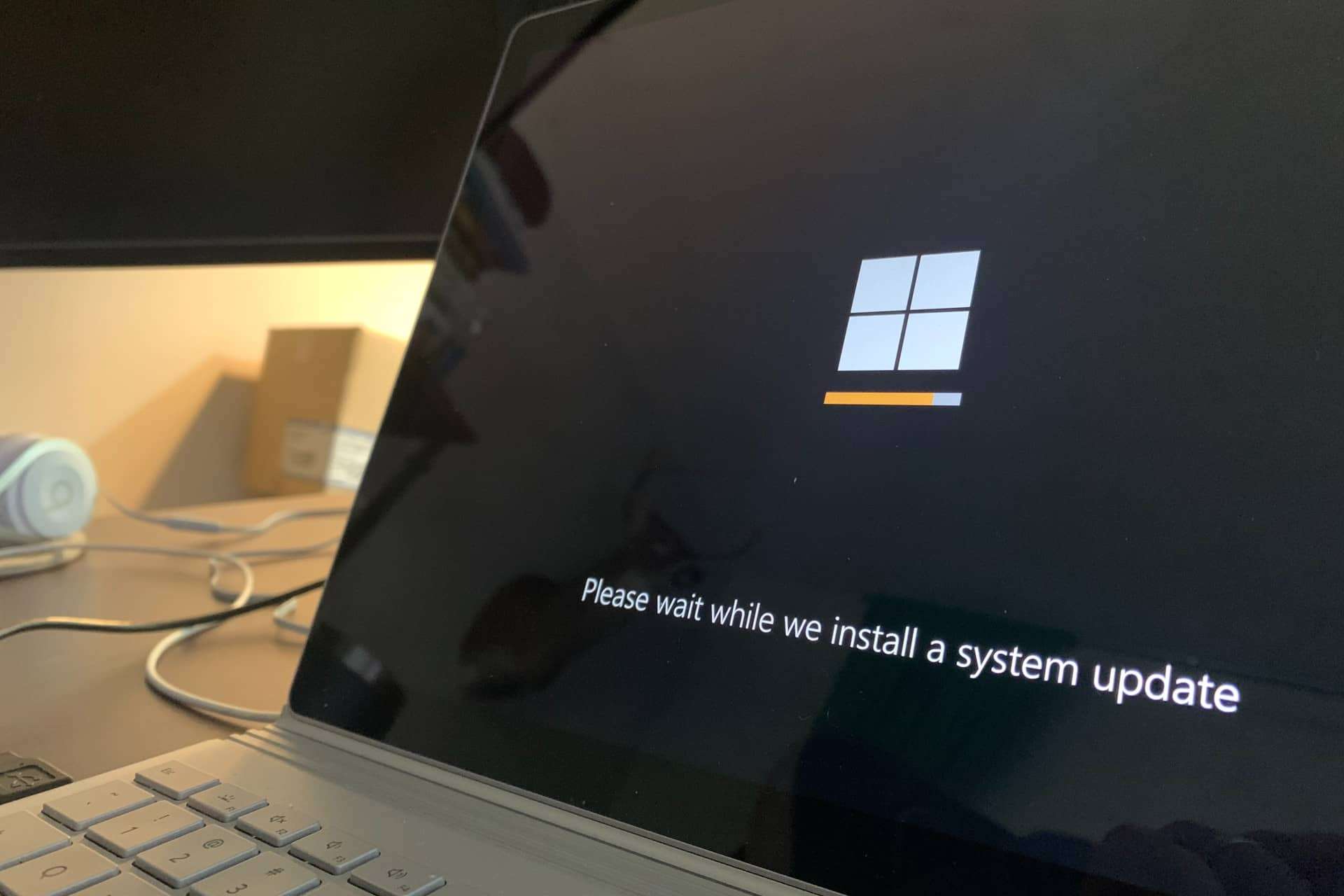Permissions (ACL)
When it comes to managing content and user access on a website, Joomla stands out with its robust and highly configurable permissions structure. This powerful feature allows website administrators to have fine-grained control over who can view and interact with different parts of the site. In this blog post, we will explore the various aspects of Joomla's permissions structure and how it can benefit website owners and administrators.
Viewing Access Levels
One of the key components of Joomla's permissions structure is the ability to set viewing access levels for different user groups. This means that you can create specific user groups and then assign certain content to be visible only to members of those groups. For example, if you have a membership site with premium content, you can easily restrict access to that content to only users who belong to a particular user group.
By utilizing this feature, website owners can create personalized experiences for their users, ensuring that they only see the content that is relevant to them. This not only enhances user satisfaction but also helps in maintaining the exclusivity of certain content.
Permissions: Controlling User Actions
Another aspect of Joomla's permissions structure is the ability to define what actions users from specific user groups can perform. This includes actions such as creating, editing, deleting, and publishing content. With this level of control, website administrators can ensure that only authorized users can make changes to the site's content.
For example, if you have a team of authors who contribute to your website, you can assign them to a specific user group with permissions to create and edit content. On the other hand, you might have a group of moderators who are responsible for reviewing and publishing content. By assigning them different permissions, you can maintain a smooth workflow and prevent unauthorized changes to your site.
Furthermore, Joomla's permissions structure allows for even more granular control by providing options to set permissions at the category and individual article level. This means that you can have different permissions for different sections of your site, giving you maximum flexibility in managing user actions.
Conclusion
Joomla's configurable permissions structure is undoubtedly one of its standout features. It empowers website administrators to have complete control over viewing access levels and user group permissions. By utilizing this feature effectively, website owners can create personalized user experiences, maintain content exclusivity, and ensure a smooth workflow for content contributors. If you're looking for a content management system that offers unparalleled flexibility in managing user access, Joomla is definitely worth considering.









